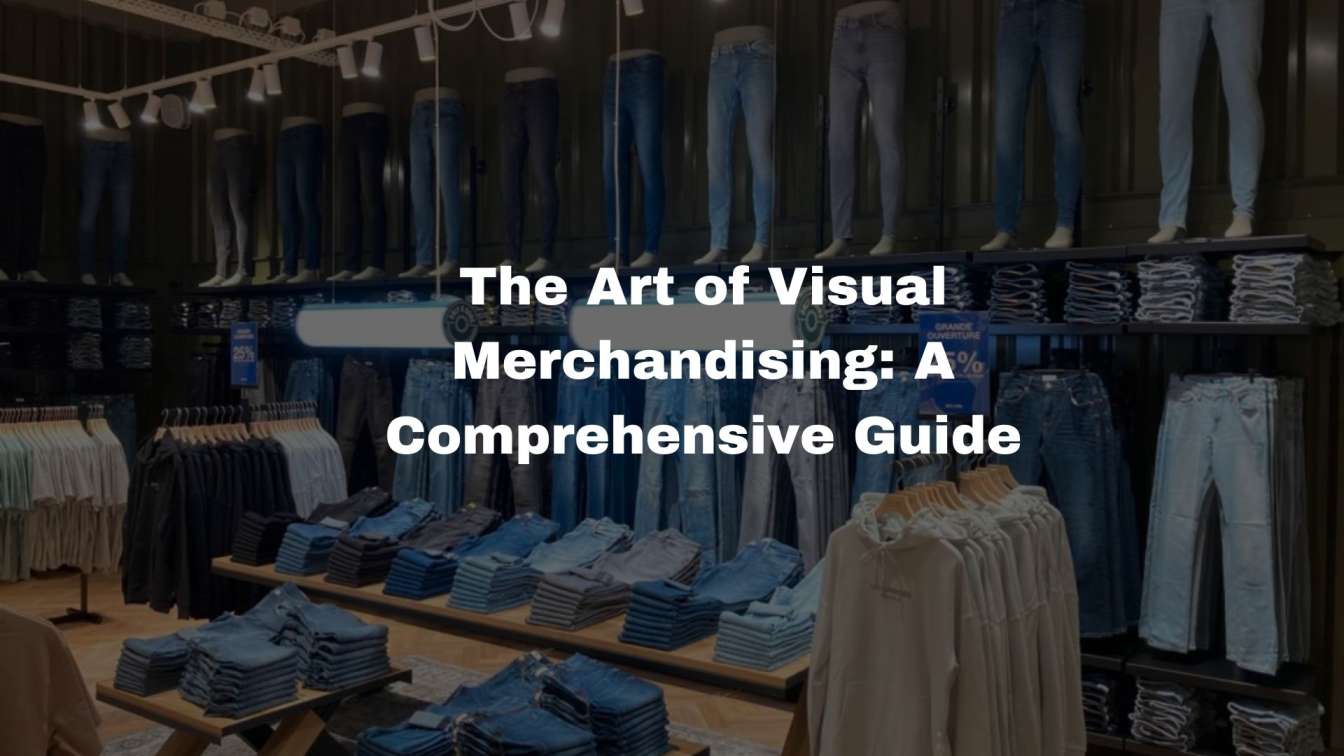The Art of Visual Merchandising: A Comprehensive Guide

In today’s bustling retail world, where shelves are flooded with products all vying for our attention, visual merchandising steps in like a breath of fresh air. It goes beyond making things look pretty. It’s about weaving a tale, setting a stage, and inviting shoppers to be part of a brand’s narrative. If you’ve ever walked into a store and felt an immediate connection, that’s visual merchandising at play.
For those who have an eye for design and a passion for storytelling, a Visual Merchandising Course could be the key to turning this talent into a career. If you’re based in India, particularly the capital, a top-tier Visual Merchandising Course in Delhi offers a deep dive into the world of retail aesthetics.
1. The Essence of Visual Merchandising:
Visual merchandising is the marriage of art and commerce. It’s the strategic design and arrangement of retail spaces and displays, aiming to enhance customer experience, reinforce brand identity, and optimize sales.
2. The Imperative Role of Visual Merchandising:
Far from being mere decoration, visual merchandising is pivotal for several reasons:
Branding: It offers a tangible representation of a brand’s ethos and identity.
Consumer Engagement: An engaging store design can turn fleeting visits into prolonged stays, increasing the likelihood of purchases.
Sales Optimization: Strategic product placements can guide consumer behaviour, driving sales of highlighted products.
3. Components of Visual Merchandising:
Window Displays: These are silent salespeople, enticing passersby with a snapshot of what lies within.
Store Layout: A logical, intuitive layout ensures seamless customer navigation, impacting their overall shopping experience.
Product Placement: It’s not just what you display but how you display it. Strategic placements can significantly enhance product visibility and appeal.
Ambience: Lighting, music, and scent collectively play a part in setting a store’s mood, influencing customer perception and comfort.
Colour Psychology: Leveraging the emotional and psychological impact of colours can drive specific consumer reactions and decisions.
4. Embarking on a Visual Merchandising Course:
For novices, a Visual Merchandising Course is a foundational step. Such courses offer:
Theory and Principles: Grasp the fundamentals that govern effective visual displays.
Real-world Exposure: Engage with live projects, amassing hands-on experience.
Mentorship: Glean from the experiences of industry veterans, imbibing best practices and nuances.
5. Advantages of a Visual Merchandising Course in Delhi:
Delhi, with its vibrant retail ecosystem, presents a unique learning environment. Here’s why a Visual Merchandising Course in Delhi stands out:
Exposure: The city’s diverse retail spaces, from luxury boutiques to bustling markets, offer varied learning experiences.
Networking: Being a commercial hub, Delhi facilitates interactions with industry leaders, potential employers, and like-minded peers.
Holistic Curriculum: Renowned institutes in Delhi ensure a blend of theory, practical workshops, and industry interfaces for all-rounded development.
6. Trends in Visual Merchandising:
The world of visual merchandising is dynamic, reflecting societal shifts, technological advancements, and evolving consumer preferences. Some current trends include:
Sustainability: Eco-friendly setups, using recyclable materials and promoting sustainable products, resonate with today’s conscious consumers.
Interactive Displays: With the digital boom, merging physical displays with interactive digital elements offers a richer, more engaging consumer experience.
Localized Displays: Tailoring displays to local cultures, festivals, and events fosters a sense of community and relevance.
7. Career Trajectories Post Course Completion:
A Visual Merchandising Course can be a springboard to diverse roles:
Retail Merchandiser: Oversee store layouts and product placements across retail chains.
Display Designer: Conceptualize and craft compelling displays for brands, events, or exhibitions.
Space Planner: Specialize in optimizing retail spaces, ensuring the best use of available area for maximum impact.
8. The Evolving Nature of Visual Merchandising:
While rooted in certain principles, visual merchandising isn’t static. With the advent of e-commerce and virtual stores, the discipline is expanding its horizons, integrating virtual layouts and digital displays. The future promises a blend of physical and digital, with augmented reality (AR) and virtual reality (VR) playing significant roles.
Conclusion:
Visual merchandising is an art form where creativity meets commercial acumen. It’s about curating experiences, telling stories, and creating spaces where products don’t just exist but come alive. For aspirants, a Visual Merchandising Course, particularly in a dynamic city like Delhi, is the first step in a journey that promises creativity, challenges, and commercial success.
